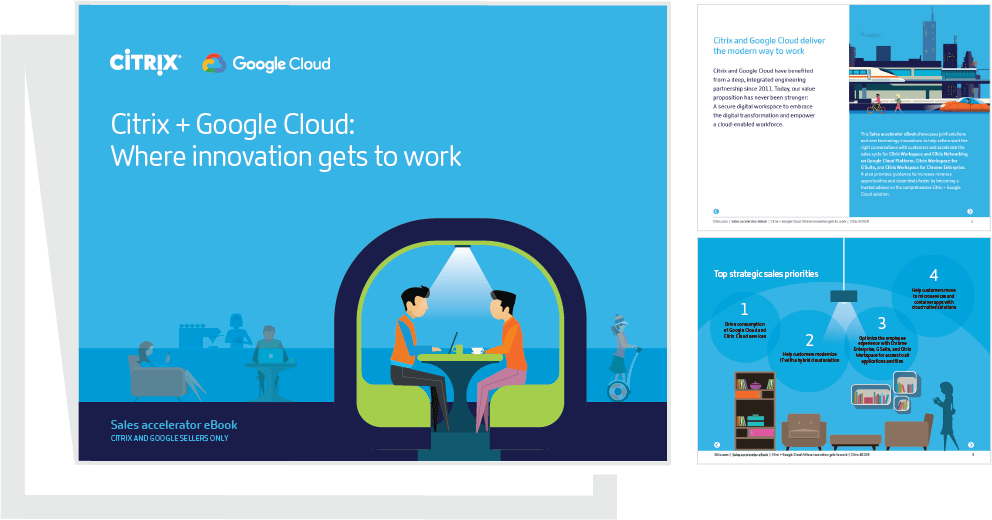5 Ways to Empower and Engage Strategic Alliance Sellers
There are a lot of great reasons companies partner to form strategic alliances. Together, an alliance can yield greater marketplace awareness, bigger market penetration, and, of course, value-added joint solutions. But the biggest driver by far is all about increasing revenue.
Industry research shows that the top three goals for strategic alliances are all revenue based.

Where it gets complicated
To drive greater revenue, what needs to happen? Sales.
To book sales, what needs to happen? Sellers need training.
But here’s the dichotomy. Guess what one alliance professionals say of the top three challenges is? It’s training sellers and customer facing teams including sales engineers, consultants, and technical evangelists. And it is no wonder why. As an alliance manager, you are dealing with two of everything. Two different:
- Business and sales priorities
- Quarterly commitments
- Sales organization structures
- Schedules and events to work around
A prescription for successful sales enablement
Our strategic alliance clients have approached the team at Merit Mile with this very same dilemma. How do to they reach, educate, and perhaps most importantly energize each other’s sales forces. When you consider that most Fortune 500 companies support multiple alliances, it’s easy to understand why there is competition for mindshare and airtime when it comes to training and sales enablement.
5 tips for success
- Gain stakeholder buy-in: The best-laid intentions will go nowhere without support from your respective alliance stakeholder on the other side of the aisle. Typically, this is an alliance marketing manager or partner marketing manager. Regardless, identify who you need to work with and get their buy-in to help support a sales enablement effort. Remember, they have competing priorities (and potentially MBOs) so recognize this can take time but it’s important to work hard to establish an equal vested interest in ensuring each other’s sales orgs understand the value of your alliance.
- Develop a communications and training calendar: A one and done approach (e.g. a single webinar) to seller training is probably not going to cut it. Sellers are simply too busy for you to expect that any single tactic will be effective. We recommend plotting a regular cadence of communications (e.g. emails, blogs, sales digests, etc.) and learning opportunities (e.g. webinars, eLearning courses, etc.) that aligns with the priorities of the alliance. Be sure to consider timely events like conferences, sales kick-offs, and product announcements. Often both companies will already have an established training calendar you can slot into.
- Nominate a figure head: Not to undermine the hard work of strategic alliance professionals, but our voice only carries so far. As you roll out your program, identify a leadership-level person to act as the sponsor. This will demonstrate the importance of the alliance and the asks being put on your audience. When sellers are hearing about this from someone in the VP or C-suite, they are more likely to pay attention and follow through with the desired actions.
- Brand it to stand out: We all know how many things compete for our attention, especially when it comes to online efforts. A successful tactic we employ is to make our clients’ alliance communications and programs stand out from the noise. By creating a custom look and feel for your training program it will stand out from everyday corporate communications. Moreover, it demonstrates that both companies are taking this seriously and investing marketing resources into.
-
Create custom sales tools: Alliance focused sellers need more than off-the-shelve single company focused training materials. They want to know the specifics of the alliance including how to:
- Articulate the joint value proposition
- Identify net-new and existing opportunities
- Work with their respective sales counterparts
- Make money together—comp plans, incentives, accelerators

Need Help?
If you are like the 80% of your strategic alliance peers, time and energy are in short supply. Consider teaming with an agency to form a virtual alliance marketing team to accomplish your goals. This way you can focus on building the inter-company alliance relationships and gaining support, while your virtual team brings your training goals to life. Drop us a note to brainstorm on how you can drive greater revenue and sales effectiveness within your alliances.
